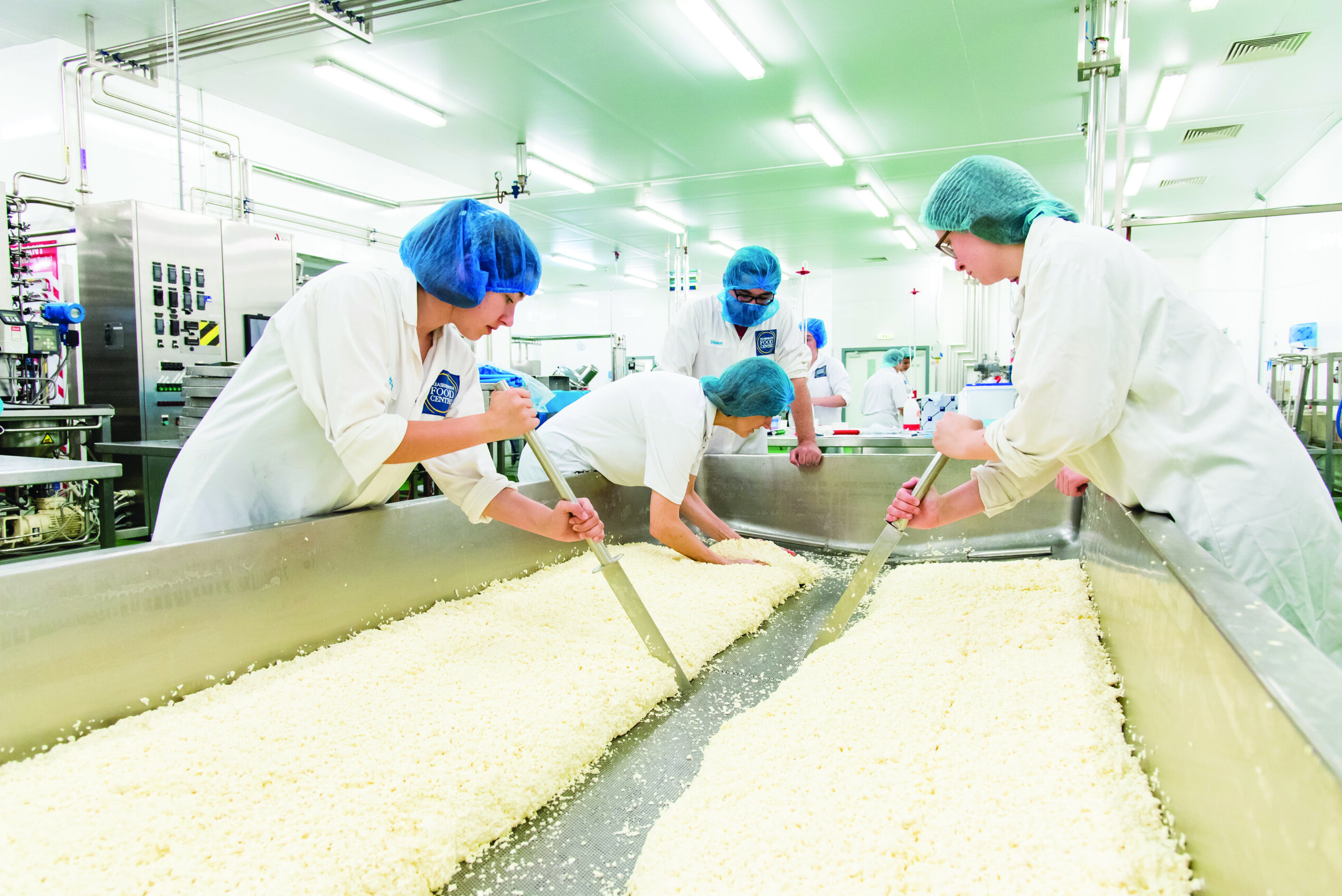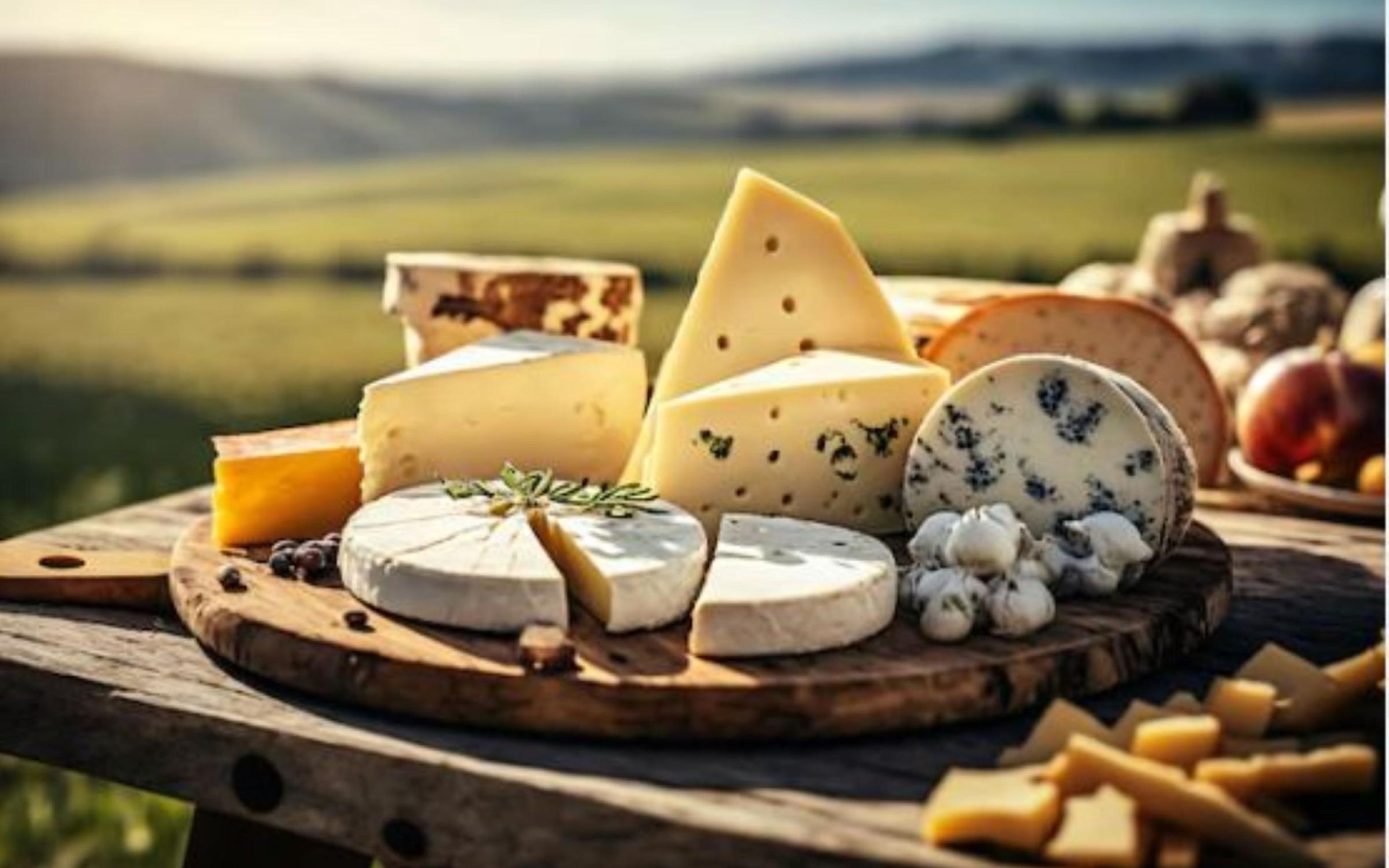Discover the most effective Cheese Makers Melbourne for Artisan Delights
Wiki Article
An Extensive Check Out Cheese Production: Active Ingredients, Techniques, and the Future of Artisan Cheeses
The elaborate procedure of cheese production is a fascinating convergence of art and science, where premium milk, rennet, and particular microbial societies serve as foundational aspects. Standard methods, such as salting and aging, are complemented by modern technologies that reply to developing customer preferences. As the sector progressively prioritizes sustainability and transparency, the future of artisan cheeses promises to show both heritage and progress. Recognizing the nuances of these techniques increases compelling inquiries regarding the direction of cheese production and its implications for top quality and credibility. What exists ahead in this advancing landscape?Secret Active Ingredients in Cheese Production
A selection of essential components play an essential role in cheese manufacturing, each adding to the final product's flavor, appearance, and character. The main active ingredient in cheese is milk, which can originate from numerous sources, consisting of cows, goats, and lamb - cheese shop melbourne. The kind of milk utilized considerably influences celebrity's taste and uniformity; as an example, cow's milk usually generates creamier cheeses, while goat's milk frequently creates zesty varietiesAnother important active ingredient is rennet, an enzyme used to curdle the milk, separating it into curds and whey. The source of rennet can be animal, vegetable, or microbial, each presenting distinctive qualities to celebrity. Societies, containing certain pressures of bacteria, are additionally essential to the cheese-making process. They ferment lactose into lactic acid, assisting in flavor advancement and structure.
Salt not just boosts the flavor but likewise serves as a preservative, hindering the development of unwanted bacteria. In addition, numerous flavor representatives, such as herbs, seasonings, or perhaps smoked timber, can be added to create distinct artisanal cheeses. With each other, these ingredients create the foundation of cheese manufacturing, establishing the phase for varied and abundant cheese varieties.
Traditional Cheese-Making Techniques
Making use of conventional cheese-making techniques, craftsmens around the globe maintain classic techniques that have been passed down with generations. These methods typically highlight using premium, locally sourced milk, which is main to the special tastes and appearances of artisanal cheeses. The process usually begins with the careful home heating of milk, complied with by the addition of cultures and rennet to assist in coagulation.When the curds form, they are reduced, allowing whey to drain pipes, a vital step that affects moisture material and appearance. The curds are then delicately mixed and prepared to achieve the preferred firmness. Afterward, they are drained pipes and pushed right into mold and mildews. Salting is an important aspect of this procedure, enhancing taste while additionally serving as a chemical.
Aging, or affinage, is an additional essential component, during which cheeses create their particular scents and tastes. Craftsmens may utilize details aging settings, using moisture and temperature level controls to refine the cheese's account. The dedication to these conventional techniques not just supports local economic climates yet additionally adds to the rich variety of cheese varieties discovered internationally, commemorating social heritage and artisanal workmanship.
Modern Innovations in Cheese Manufacturing
Just how have technological developments changed cheese manufacturing in recent times? The integration of contemporary innovation has actually reinvented both the performance and high quality of cheese production. Automation in numerous stages of the procedure-- from curd formation to packaging-- has actually boosted consistency while decreasing labor costs. For cheese factory melbourne example, automated curd reducing and mixing systems permit exact control over structure and wetness degrees, critical aspects influencing the final item.Furthermore, improvements in microbiology have allowed cheesemakers to choose specific microbial societies and enzymes, optimizing taste profiles and enhancing life span. Making use of sensor modern technology for checking fermentation conditions has actually also ended up being widespread, enabling for real-time adjustments to keep ideal environments for cheese aging.

These advancements not only improve the top quality and sustainability of cheese production yet also encourage craftsmen manufacturers to keep conventional flavors while accepting contemporary efficiency. As technology continues to develop, the future of cheese production looks promising, mixing practice with development.
The Function of Terroir in Cheese
In the realm of cheese manufacturing, terroir plays a crucial function in defining the distinct attributes of numerous cheeses. Terroir, a French term generally related to wine, incorporates the environmental variables that influence farming products, including soil structure, climate, and regional flora and fauna. In cheese-making, the unique characteristics of the region where the milk is sourced can convey certain flavors and appearances to the end product.For example, the grazing conditions of milk pets substantially impact the milk's make-up, affected by the types of lawns and natural herbs offered in a particular location. This differs not only in between nations however likewise between regions within the exact same country. Additionally, the microbial areas present in the atmosphere add to the fermentation procedures, resulting in diverse profiles in flavor and aroma.
Cheeses such as Roquefort, Parmigiano-Reggiano, and Cheddar exemplify just how terroir can shape their identifications, making them distinct and often safeguarded by geographical indicators. As producers significantly identify the significance of terroir, there is an expanding emphasis on sourcing neighborhood components and maintaining typical techniques, guaranteeing that each cheese truly mirrors its origin.

Future Trends in Artisan Cheeses
A significant change is occurring in the artisan cheese industry, driven by progressing consumer preferences and technical advancements. Increasingly, consumers are inclining unique, high-grade products that stress both sustainability and local sourcing - cheese store melbourne. This fad is prompting artisan cheesemakers to introduce, concentrating on small-batch production and making use of standard techniques while incorporating modern-day technology to boost quality and security
Moreover, there is an expanding passion in plant-based and different milk products, pressing standard cheesemakers to explore brand-new opportunities, such as cashew or almond-based cheeses. This shift not only provides to nutritional constraints however also lines up with environmental issues regarding animal agriculture.
Furthermore, transparency in sourcing and manufacturing procedures is ending up being paramount. Consumers are much more enlightened and demand traceability, triggering producers to take on more clear labeling practices and engage in storytelling that highlights their methods and worths.
Final Thought
Finally, the detailed process of cheese production blends typical methods with modern developments, causing a varied variety of flavors and appearances. The emphasis on top notch components and the influence of terroir emphasize the virtuosity involved in cheese production. As the market progresses, a focus on sustainability and openness will likely form the future of artisan cheeses, satisfying a significantly discerning customer base that values authenticity and workmanship in milk products.Report this wiki page